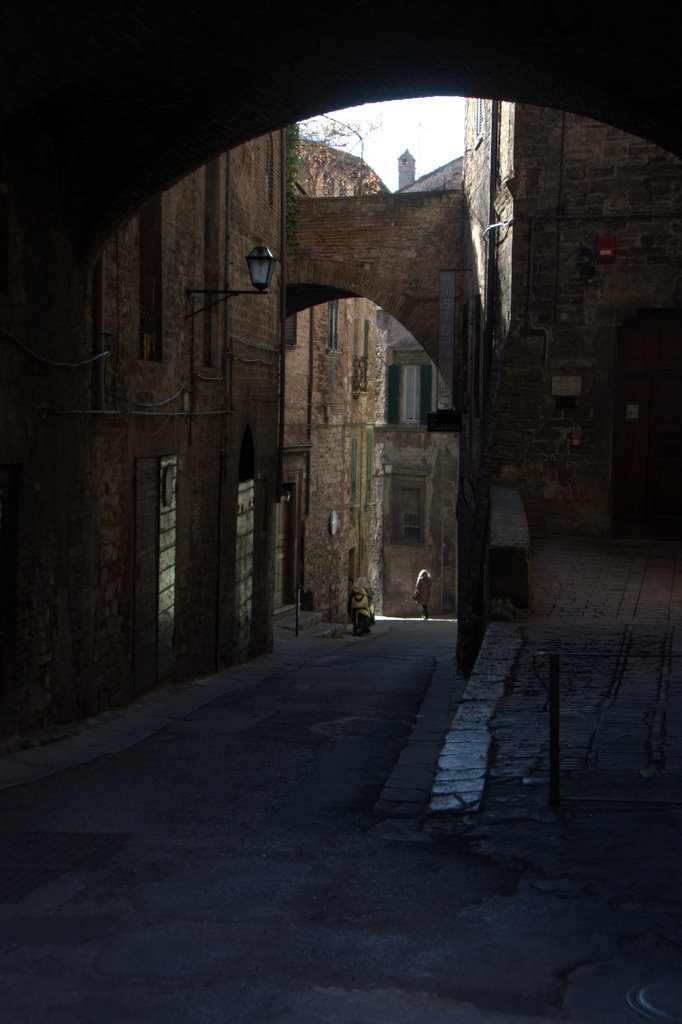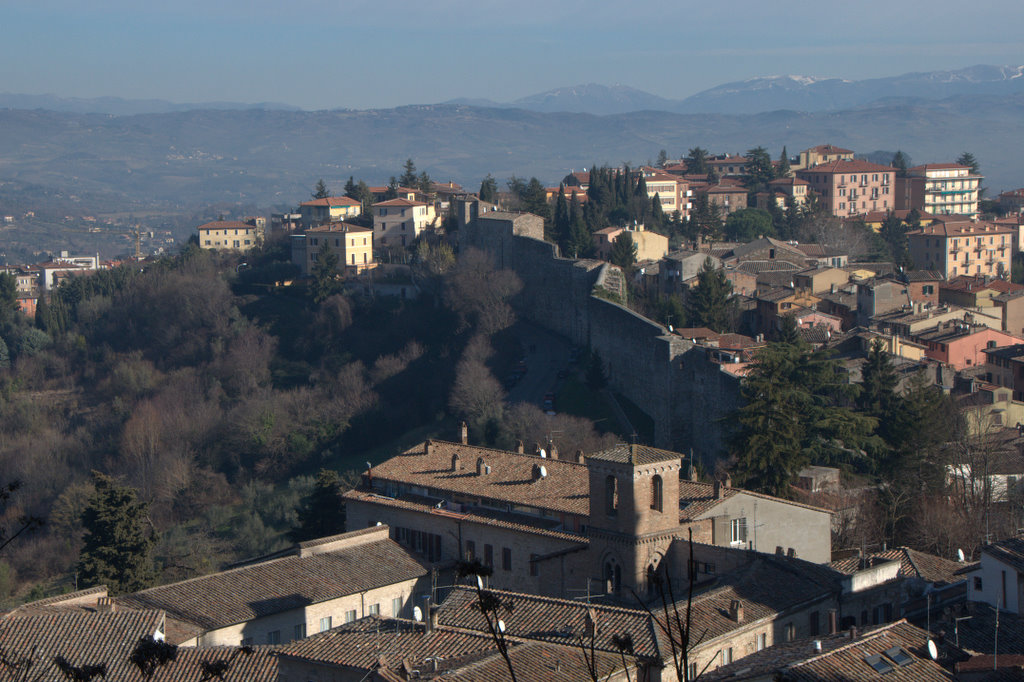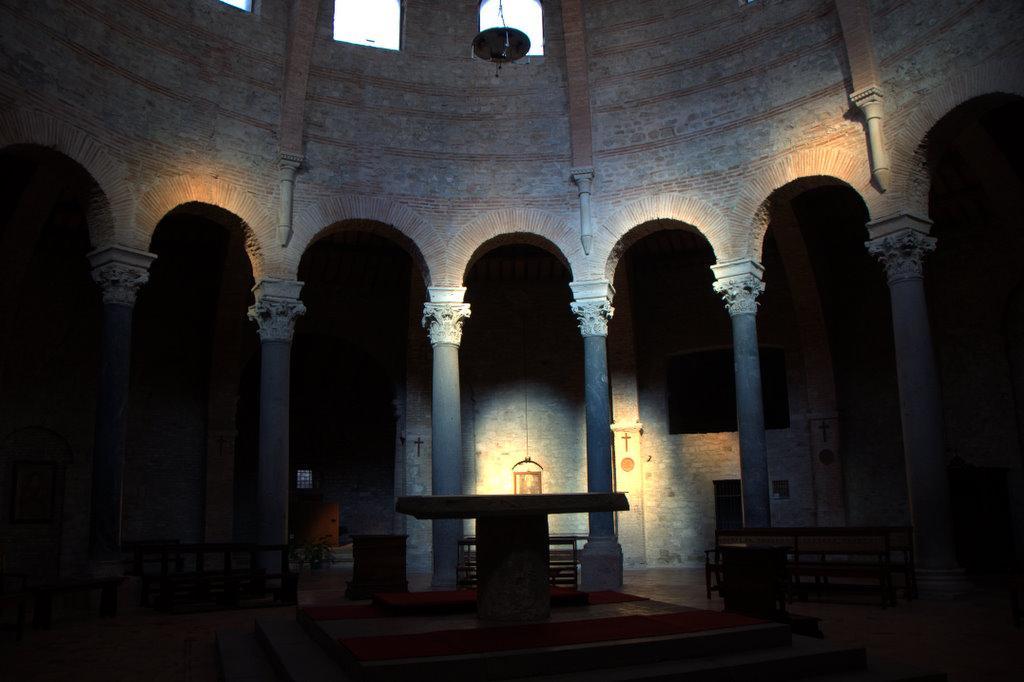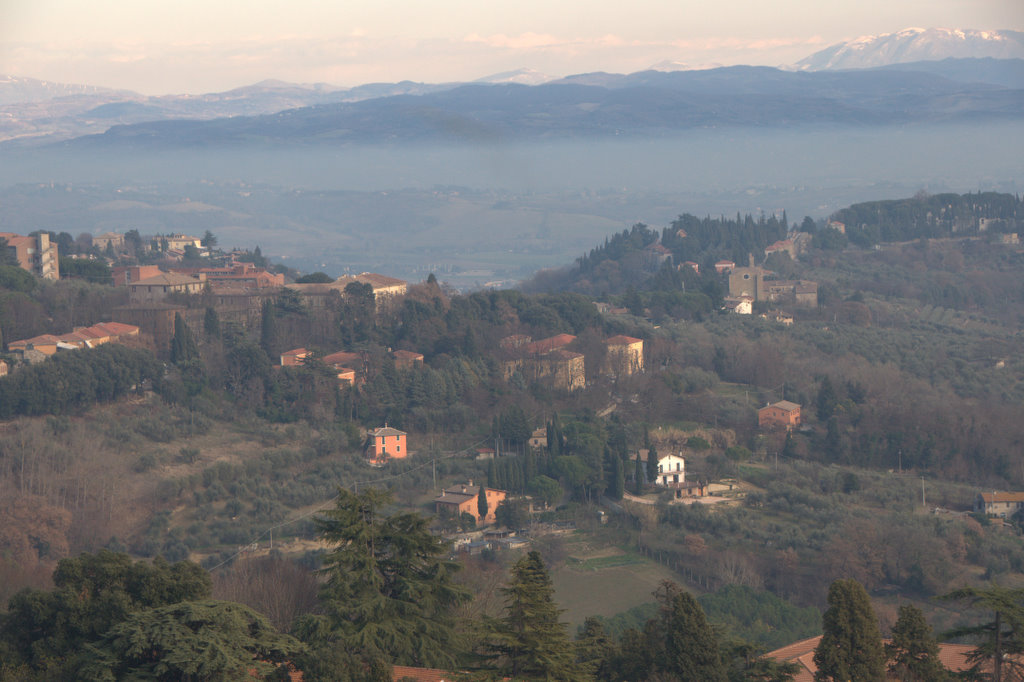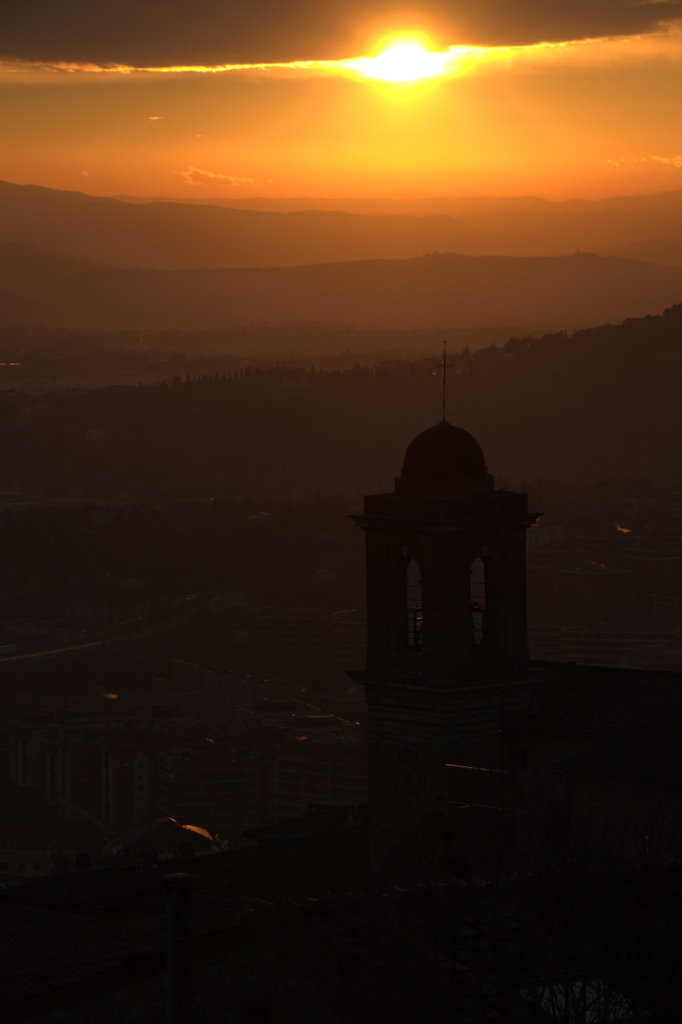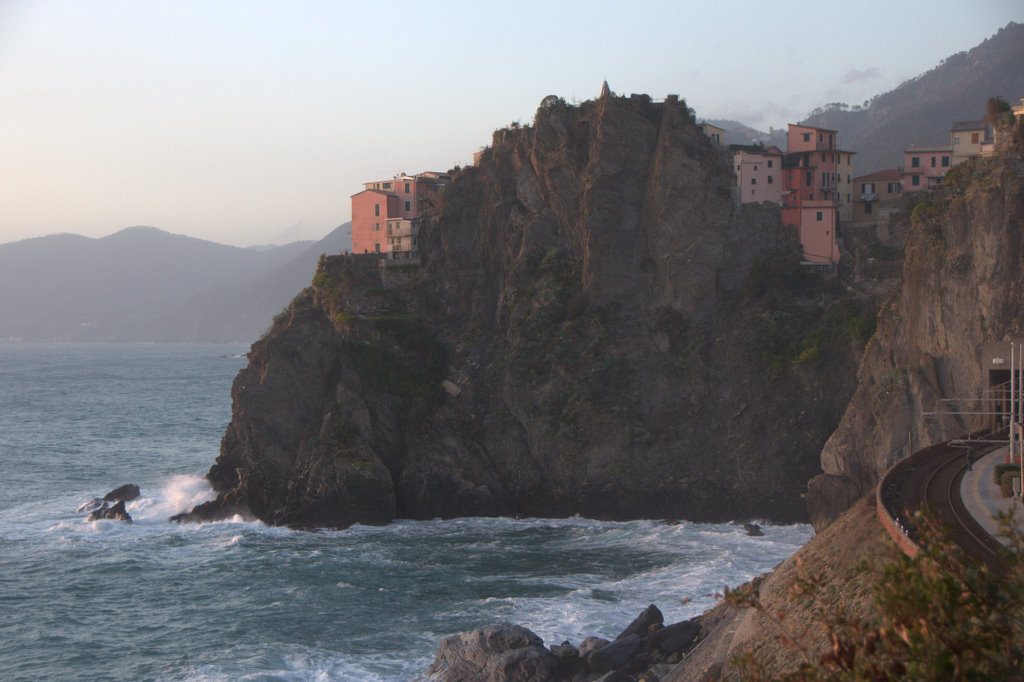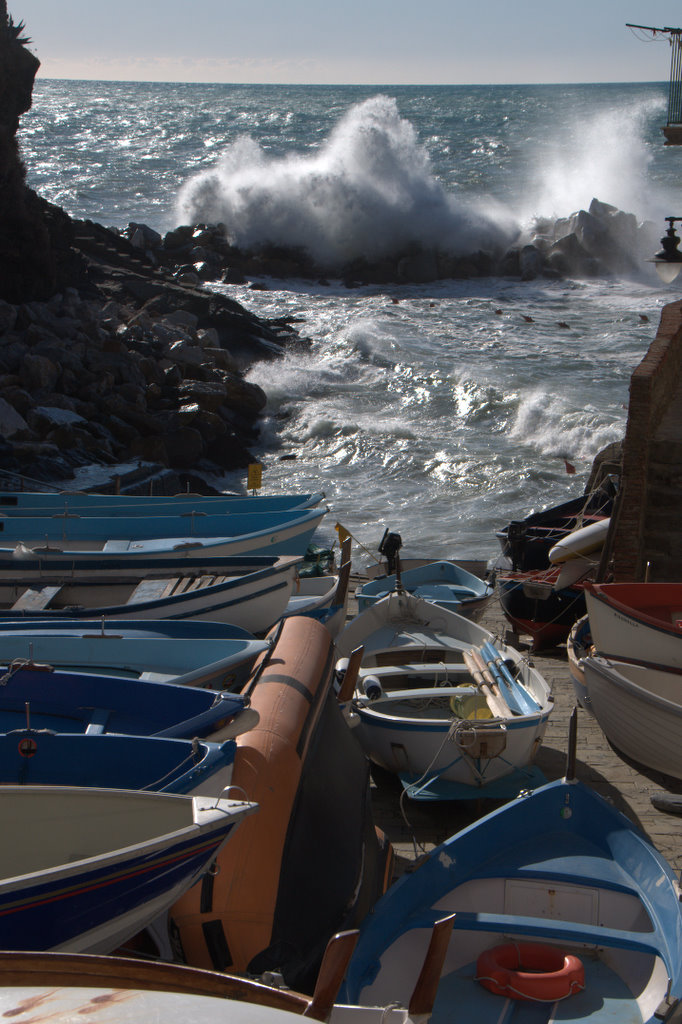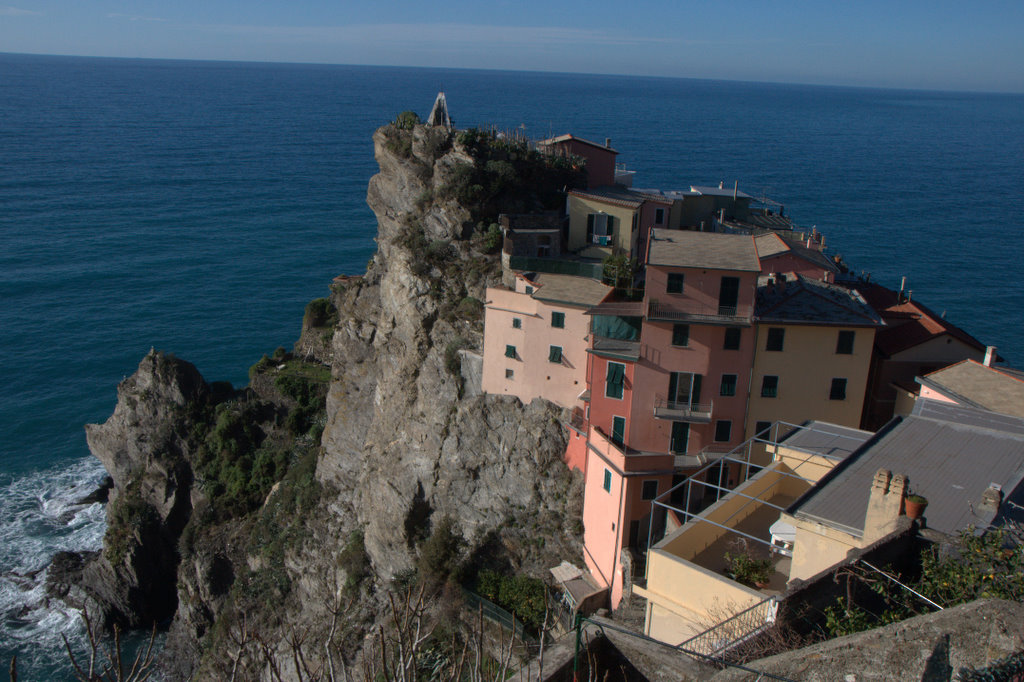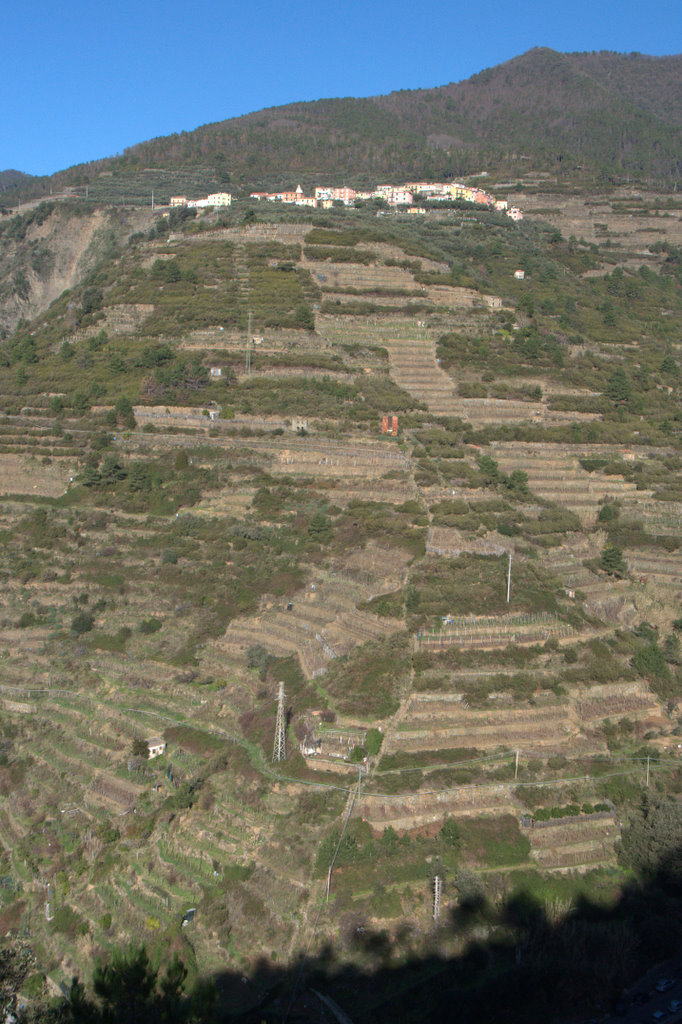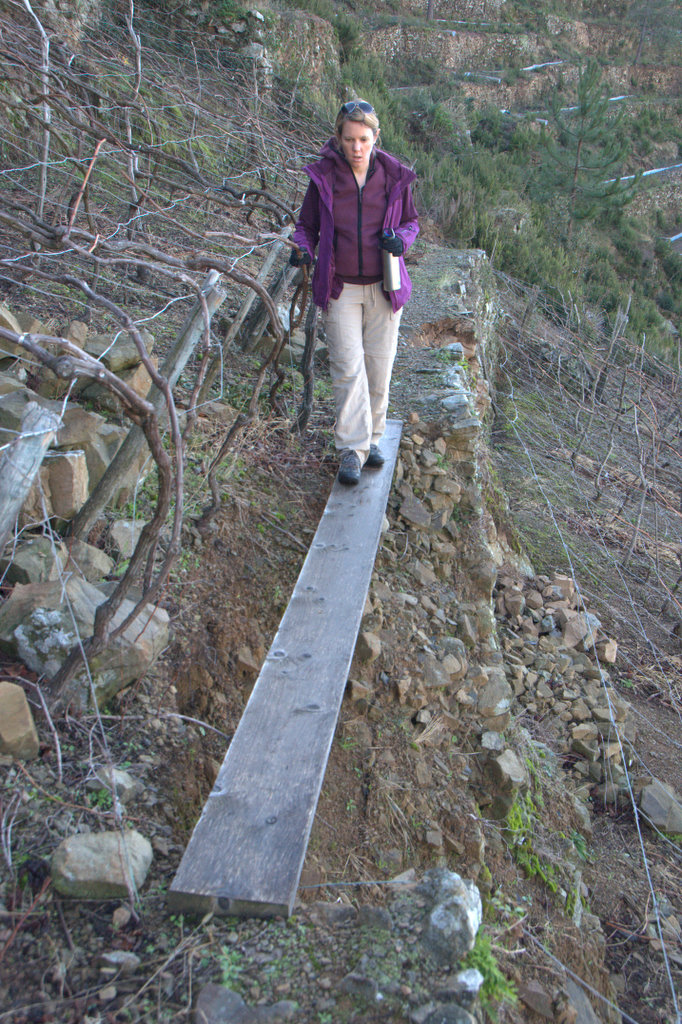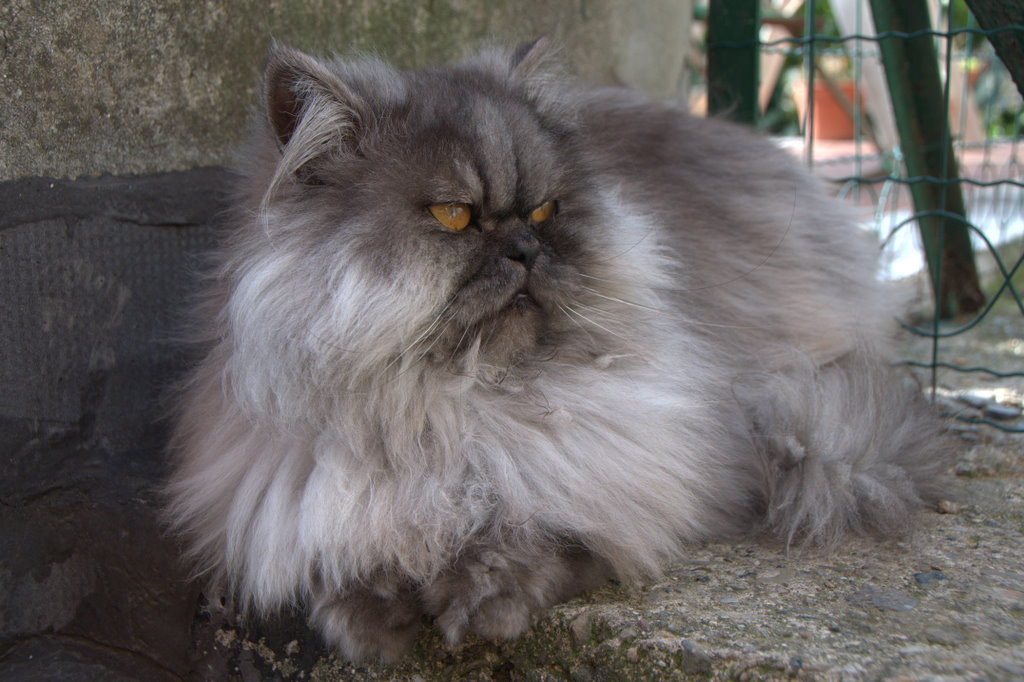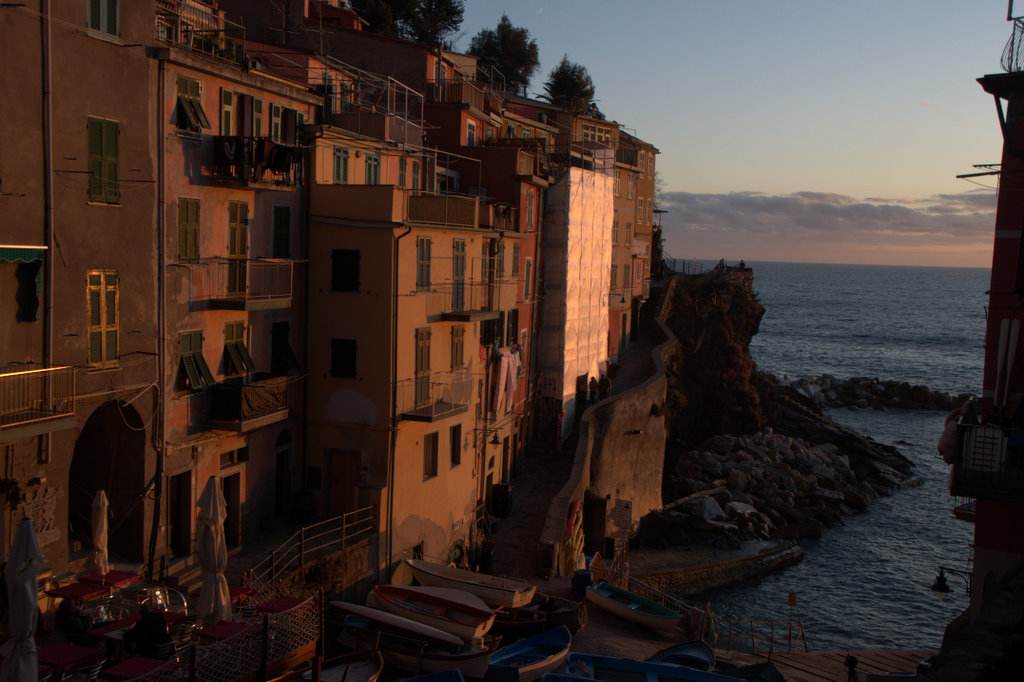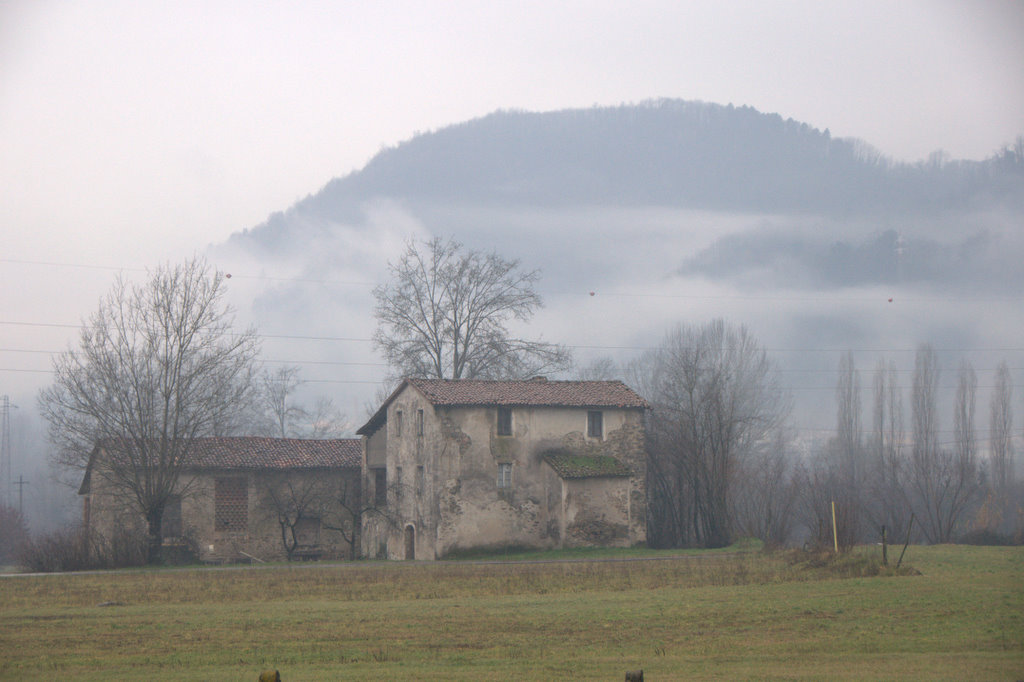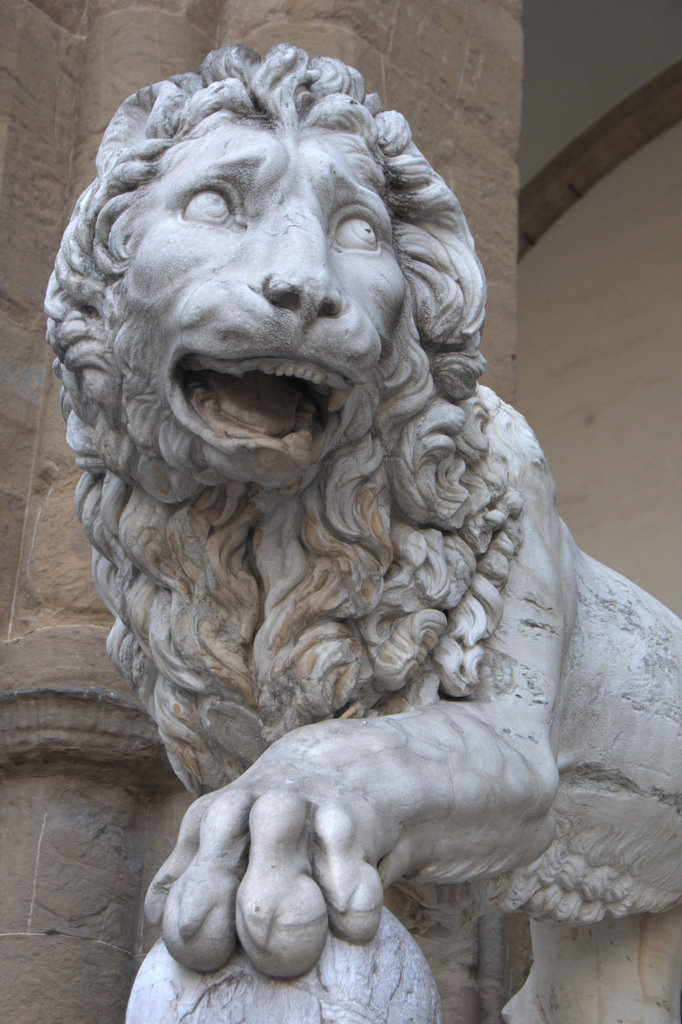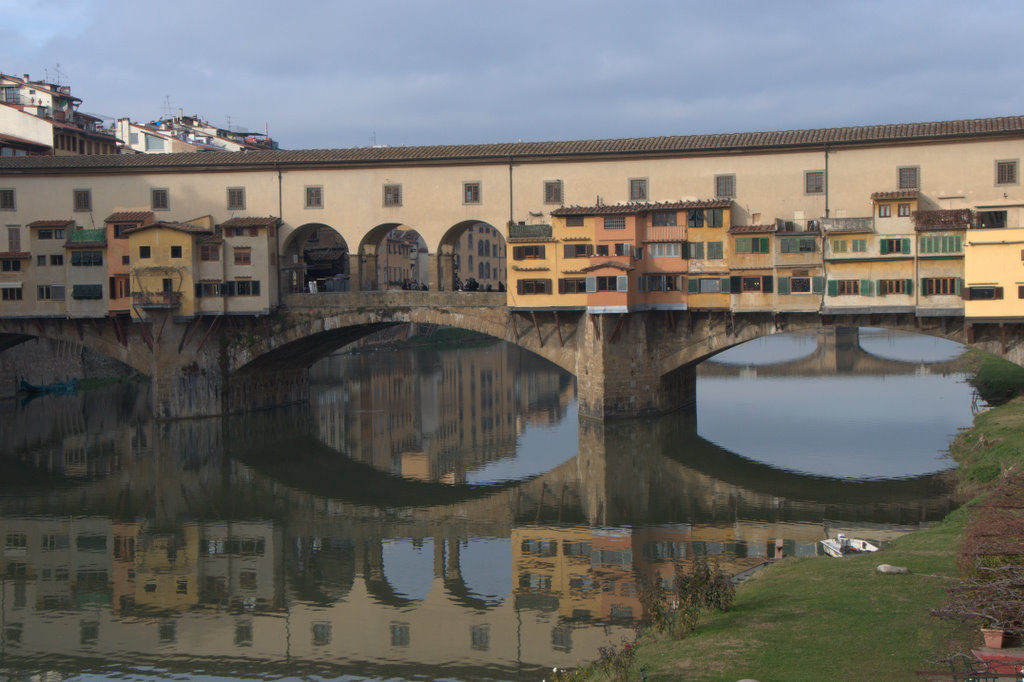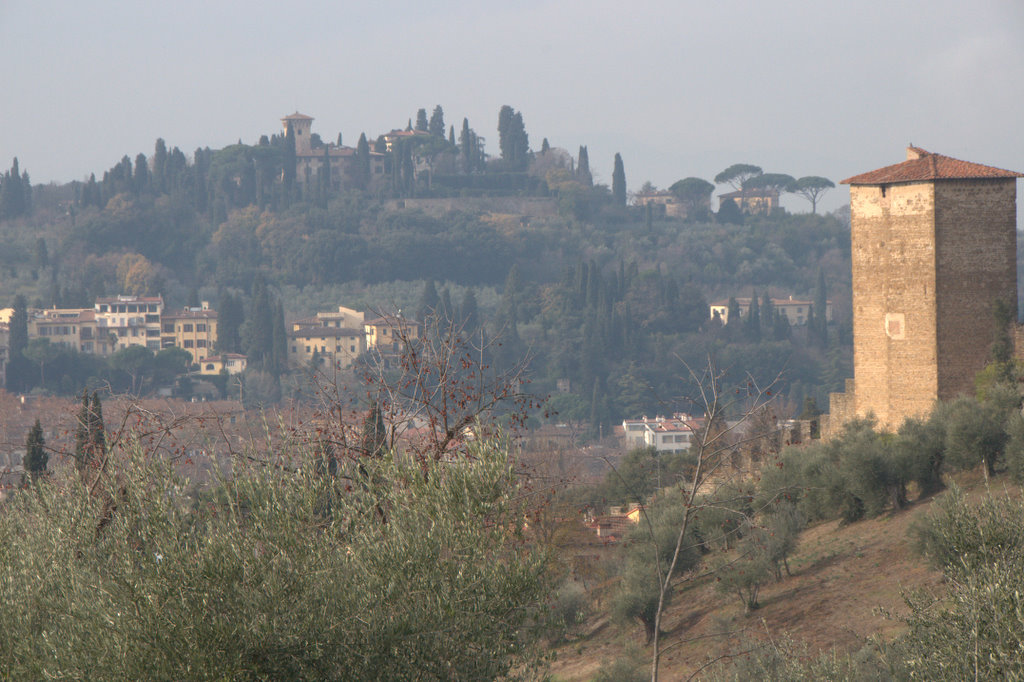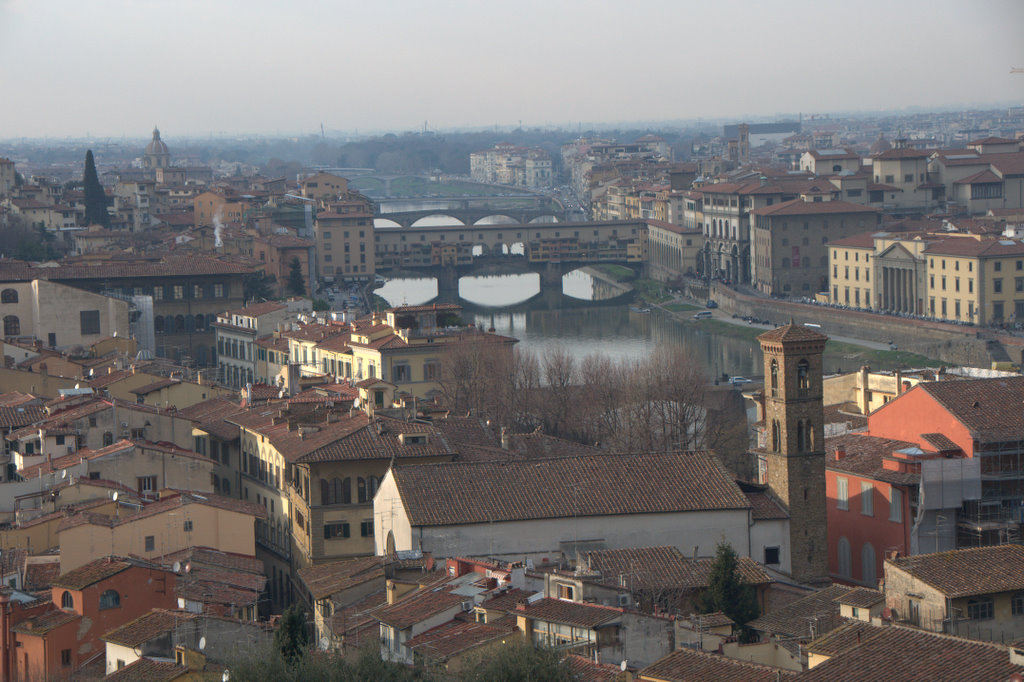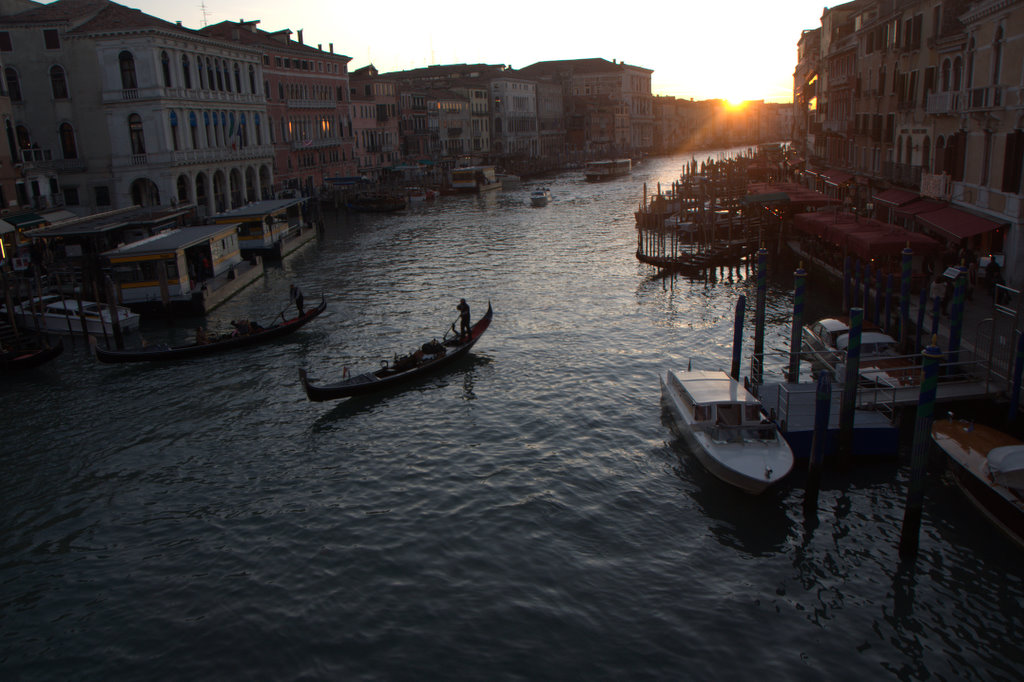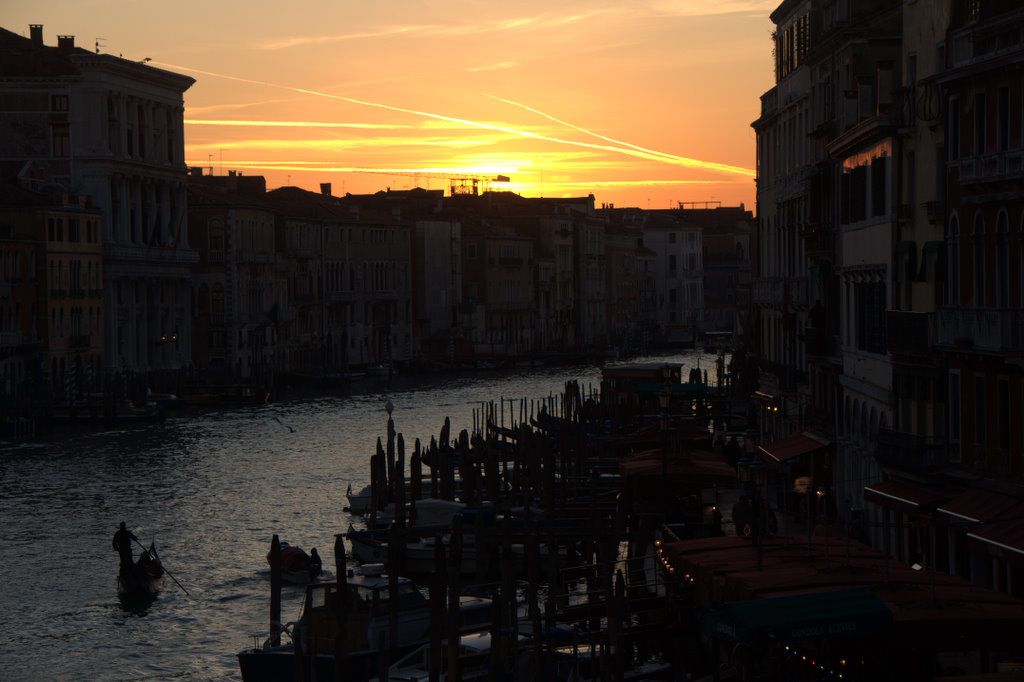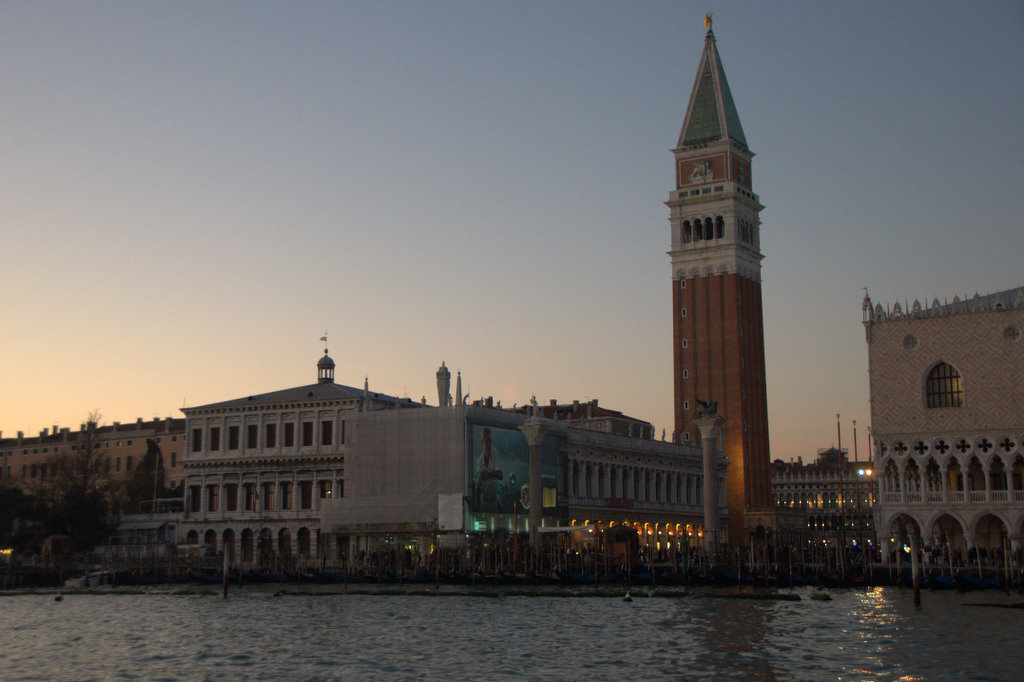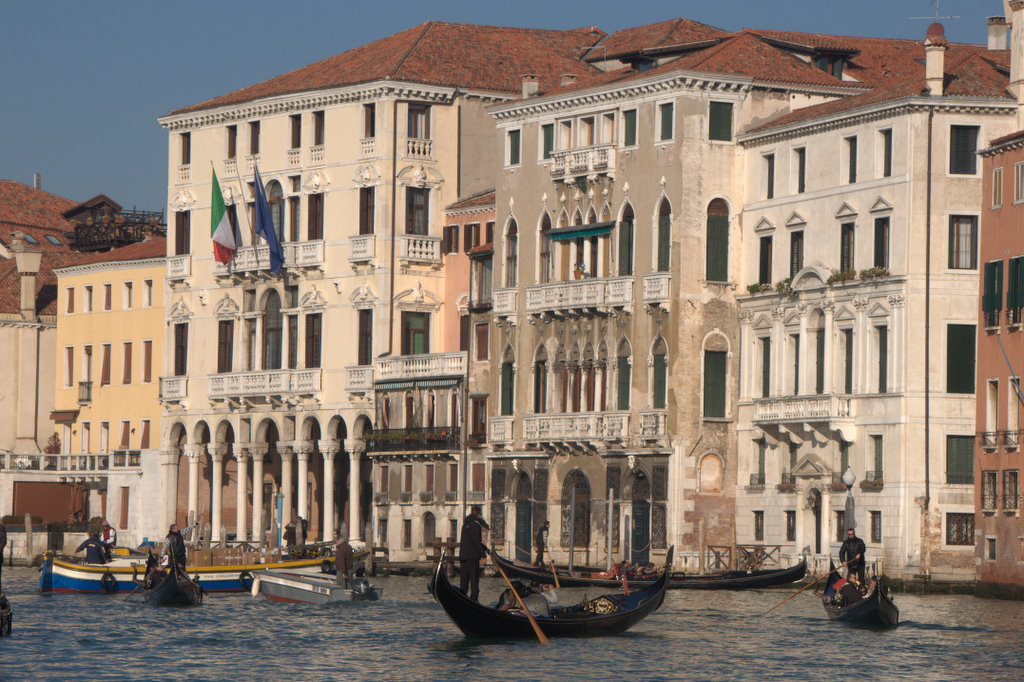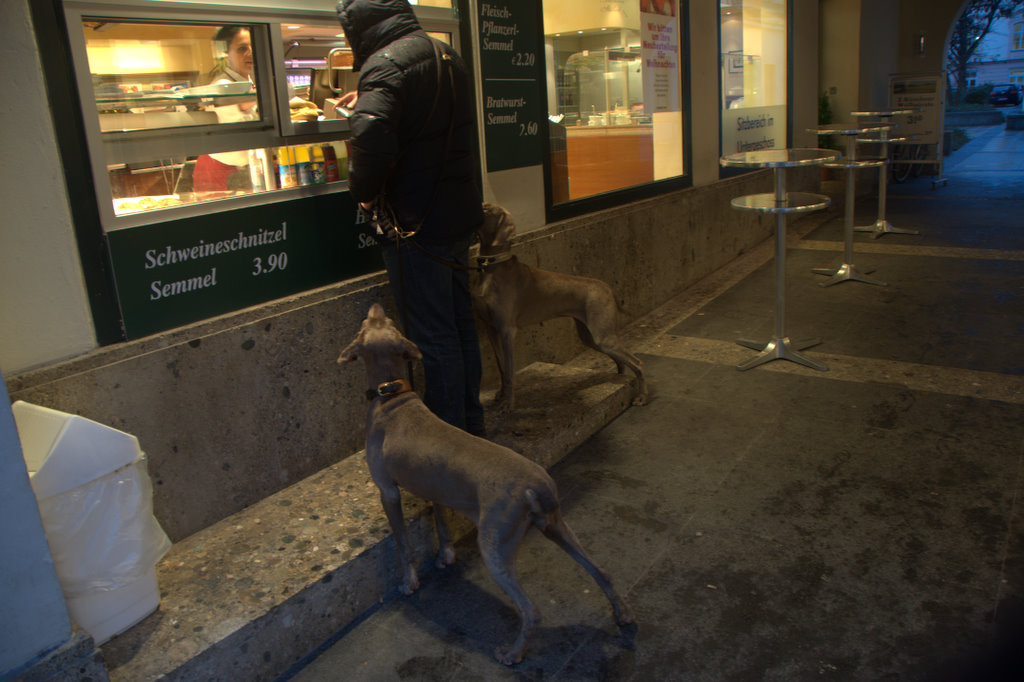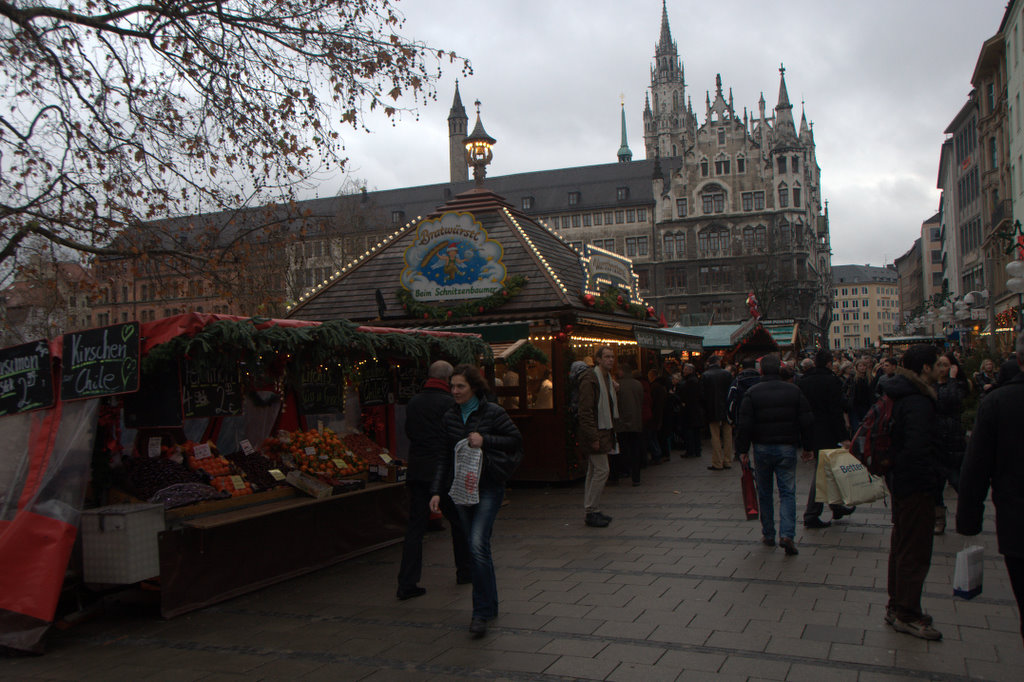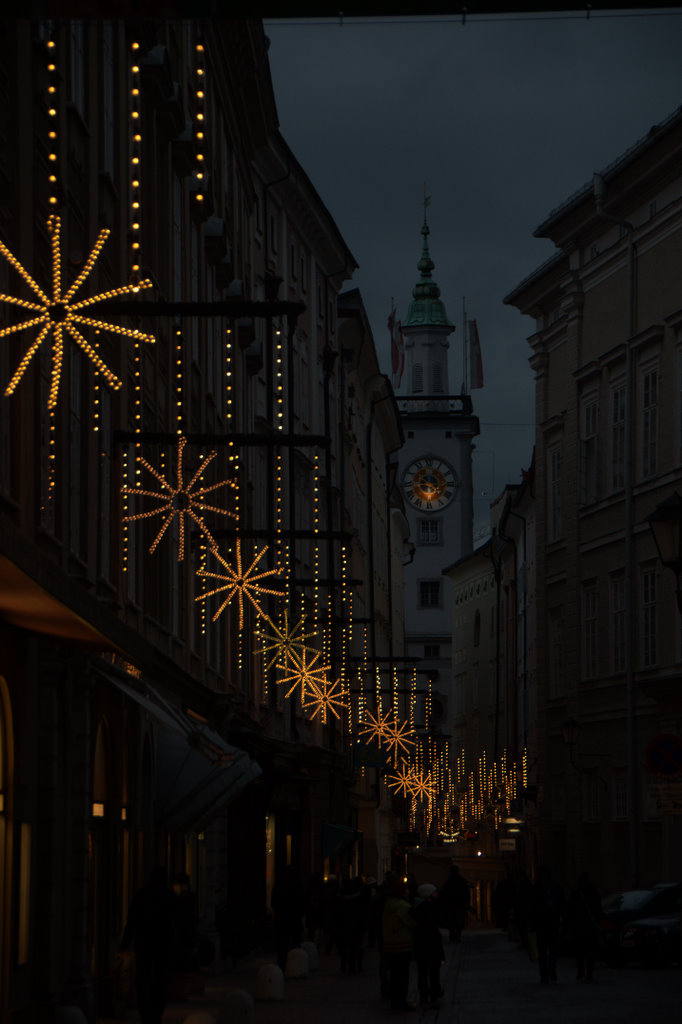Travels In New Zealand
Anyhow, New Zealand has been excellent to us, as we had hoped. We started out our time here, now nearly two weeks ago, by visiting our friends Nick and Jenna up on the North Island, near the city of Whangerei. We met these fine folks back in 2009 on our Long Trip, in a little hostel in Warsaw, Poland. We hit it off well at the time, and took up their offer to pay a visit to Jenna's mom on our way through NZ, which turned out to be a great experience. This time around, we really wanted to see them again, so we worked out our trip to end here in NZ so that we could visit.
Since we last saw them, they finished up what was a very long trip, including time spent working in London, before returning home to get back to work as well as have a baby. The time that we spent with them in Poland was pretty limited, and having a baby in the house makes for a very different environment and visit, so we weren't too sure how things would go. We arrived on February 11 in the Auckland airport, picked up our rental car, and drove the two hours north to Whangerei. They manage a diary farm in the countryside outside of the city, but we didn't have any troubles finding the farm. Even with the new addition to their family, we felt as though we had just left them at the restaurant that we had last seen them in Krakow, Poland; the conversations started and didn't stop until we left five days later. In fact, if we hadn't purchased plane tickets to come to the south island, we might still be at the farm chatting whole days away.
Jess and Jenna busied themselves finding every topic known to mankind to discuss, in that breathless way women are able to talk, so Nick and I headed out for my introduction to dairy farming. Let me start by saying that this is not an occupation for the lazy and the squeamish, it takes an impressive amount of hard work and dedication. I used to say that nursing is hard labor, since we are on our feet for 12 hours or so a day; I won't be saying that anymore. A short description of Nick's day would entail getting up hours before sunrise, at around 4am, heading out to bring in the cows to the milking barn, cycling the 150+ cows through to the milking machine 16 at a time, and then washing and cleaning the area down before moving the cows to a different pasture (sorry, Nick, for the lack of proper nomenclature). This is a four to five hour process, meaning he gets back for breakfast by 9am or so, only to head back at 2pm to repeat the entire process; he keeps plenty busy with the nonstop maintenance of the farm in the meantime, as he and Jenna run the place themselves. And I complain about 12 hour days, while his are more like 16. Oh, and he does that seven days a week.
I really wanted to get involved in the actual process of the milking, and Nick was kind enough to oblige, so the day after we arrived, I rode with him out onto the farm to fetch the cows. They were out in a far pasture, in some very hilly landscape, which is part of the time cost of his job. We rounded the cows up and started them back up the road towards the milking barn, stopping to check out a river on the property that disappears into a sinkhole in volcanic rock before emerging much further and lower downstream, which was quite interesting. Once we had the cows waiting at the barn, they began to line up in two rows, their heads facing outwards with their udders (and butts) facing inward to a concrete pit about waist deep. This pit, for lack of better word, was where Nick and I ventured down into in order to place the suctions onto the udders.
If this is starting to sound like an episode of Dirty Jobs, then that is correct. Cows aren't exactly known to hold back on their various excretions, and we were working right in the firing range. Needless to say, I quickly realized that trying to avoid getting cow poop on me was rather futile; Jess came down for a minute and was immediately splattered. The key was to try to limit how much poop got on you, which can be a bit tricky as there are butts all around you and it is impossible to watch them all. The cows would throw in an occasional wild card in the form of coughing, which creates a bit of a spray. Now, this sounds like a full time job, avoiding becoming entirely covered, but that wasn't even the work part; to put the suction cups on the teats in order to actually milk the cow, you have to reach in between the back legs of the cow, find them, and pop all four on, all the while trying to keep from getting kicked or stomped. Where is your head during this action? That's right, in front of the barrel of the poop cannon. It is a bit nerve-wracking.
You learn quickly to work with your mouth shut, a difficult lesson indeed for someone like me, who habitually walks around with my mouth agape.
Maybe he was just being nice, but Nick said that I learned quickly, and actually helped him instead of just being in the way. I guess I did get quicker at hooking up the cows (mostly to escape the danger zone), although I did make more than one cow uncomfortable by excessive tugging on its teats. At the end of the milking, the true extent of how much a herd of cows can poop in an hour or two became apparent (it is a lot), so I broke out the firehose to spray down the yard, taking a bittersweet revenge on the enemy by washing it down the drain with copious amounts of water (bitter because it occasionally sprayed back up at me). Evening had arrived by the time we finished, and tired and stinky, we headed up for dinner and and evening of talking and laughing.
Jess and I didn't spend all of our time there near Whangerei at the farm, though it was our preferred base in the area. We ventured around the area, checking out the city itself for a few drinks and some Chinese take-out to take back to the farm. We also headed out for a few of the local highlights that were our favorites the last time we were the area, like swimming in Whale Bay and our favorite little Kiwi town of Whananaki. Being the awesome hosts that they are, Nick and Jenna took us to visit his mother on the farm he grew up on and tramp around in the bush in that wild place, a very cool experience. Though we hit some of the thunderstorms that have made this a wet, sad Kiwi summer, we really were lucky with the weather, enjoying some very bright days. I did go out to help Nick again with true milking, this time going out for the morning milking. I woke up at the proper time, at 4:15, but I listened and waited until I heard his 4-wheeler as he herded the last of the cows into the milking yard, at about 5:15, before I went out to help. Hey, what can I say? I'm on vacation.
It was with sadness on the 16th when we loaded up the rental car, bid our farewells to Nick and Jenna and young Wolf (at least temporarily), and headed south to Auckland to catch our flight to the south island. That day was rather long, turning in the rental car, catching a flight, then picking up another rental car, all before 3pm. We'd arrived into Christchurch, but we didn't stay for very long, as the center of the city was pretty much leveled a year ago now by the February 2011 earthquake and remains closed off even today. We found a store to buy supplies before heading south to the small town of Akaroa on the Banks Penisula, where we found a little hostel and campground on a working sheep farm. We arrived just in time, with the stress of the trip causing a bit of tension and a lot of sullen silence between us.
We ended up staying there for a couple of nights, it was a pretty cool area. The peninsula itself was formed by two volcanic explosions and forms a circular landform surrounding a long bay of water coming in from the ocean. It is pretty scenic, and the hostel/campground was literally at the end of the road. We were in the campground, having borrowed a nice tent and a camp stove from Nick and Jenna. We had a non-sheepish sheep (e.g. tame) in the campground, keeping the grass nice and short. While this was charming and frequently funny, there was some real concern, on my part at least, about the sheep munching through our tent while we were off somewhere else. The campground, named Onuku Farmhouse Hostel, was packed full of hippy European kids, pretty aimless as far as I could tell, sitting around getting tans, drinking tea, and bumming rides the 6km back to Akaroa. If I had been in Akaroa when I was 20 years old, I would have most likely been doing the same thing, but now I just scoff and mock, which annoys Jess. The farm itself has some 1000 acres, 2000 sheep, and 40 or so dirty hippies. Since we were abruptly throwing ourselves back into three weeks of sleeping on the hard, cold ground in nylon sacks (i.e. camping), we set out the second day for a four hour hike into the hills of the farm, mostly to work our the kinks from our first night of camping. It was pretty spectacular, taking us to the tops of the hills where we could see the entire bay area, including where the ocean met its waters. The sun was truly brilliant that day, and had a beautiful four hour hike amongst the hills and in through grassy fields. We then topped off the day in the campground kitchen, where we shared long conversations with a German couple, an American couple who'd just spent four months working in Antartica, and random old British guy who didn't say much. Pretty swell day, I thought.
After our two nights camping there, we packed up and headed back up to Christchurch for more supplies to head south with. The two Americans, Gwen and Dan, were on a tight budget, as working as support staff in Antarctica isn't really a lucrative job. They had hitched down to Akaroa, something that we have noticed is very prevalent down here on the south island, and because they needed to get back up to the city to meet friends, we gave them a ride. We had a good chat with them on the way up, and they headed off to meet their friends while we shopped in a big store called the Warehouse, which is New Zealand's equivalent of Target or Walmart. After loading up food and camping supplies, we headed south to see how far we could get.
That got us as far down as Oamaru, a sleepy historic little town. The sky had increasingly gotten more cloudy and unpleasant looking the further south we went, and was threatening rain as we pulled into town. We had not yet found the cheap and primitive Dept. of Conservation campsites (thanks a lot, Lonely Planet), and so we found an expensive holiday car park, most of which was filled with campervans and caravans. It had a communal kitchen, which was filled with older, mostly European vacationers that looked upon us with a mix of distrust and skepticism. They weren't so coy about keeping their stares to themselves, or at least a minimum, so cooking and eating there was rather uncomfortable. The rain started as soon as we got our tent up, and didn't let off for the rest of the day, so we hung out in the tent until a bar with local music was supposed to open. We got there about a half hour after the music was to start, and found that even the band hadn't shown up yet. The empty bar and the NZ$12 per person admission fee had us go up the street to a cool little bar that featured another local singer, who had a voice like John Denver and sang old classics, strumming his guitar while the bartenders took turns on the drums. The beer was very expensive, as it is all over NZ, but it was free to watch, so we stayed until we were tired enough to fall asleep in a cold tent.
We were up early the next day, packing up the tent and having another uncomfortable meal amongst the older crowd. I found myself wishing I'd brought along a stack of wallet sized photos of myself for those who couldn't get enough looking at me. There was an old sea break outside of town, so I fished for a couple of hours while Jess walked through a nice Sunday farmers market, then we headed on down south to the city of Dunedin and the beautiful Otago Pensinsula.
Dunedin is pretty much a college town, and we rolled right on through it, wanting to get out to find the wildlife of the Otago Penisula. From Dunedin, the route out onto the peninsula is a narrow patch of road along the curvy northern shore, with a tiny shoulder that drops off into the inlet. We headed along this, Jess's nerves afray, to the tiny village of Portobello, where we set up our tent in its tourist park. We drove on to the end of the peninsula, where there is a center and viewing areas for Royal albatrosses; the cliffs there are full of nesting birds, including the majestic albatross, and we hadn't barely reached the cliffside before a soaring albatross passed just over our heads before swinging up and into the sky.
The next day was a pretty lazy one. I spent a good majority of the day trying my luck fishing, with no luck whatsoever. I chose several promising spots, places that should have had a short fat man handing out paper guarantees they looked so likely to have biting fish, but I caught a whole lot of nothing. Jess didn't wait around for me, she hiked in the surrounding hills and went back out to the albatross colony. It was a perfect day for it, too, the sun bright and very little wind for a place that obviously had its share of windy weather. For lunch we stopped at a fish and chips joint next to the sunny shoreline, and after I gave up on the fishing later in the afternoon, we drove out to an isolated hike that led to a beach that supposedly had blue penguins emerge from the ocean at around dusk. There were no penguins, but as few grouchy sea lions and a spectacular and deserted beach made the trip worthwhile.
We were out and gone early the next morning, which was overcast and a good day to leave. We'd enjoyed the tourist park, the crowd was younger (although almost entirely German) and fewer people stared at us while we fixed meals or ate in the kitchen. Even better, we learned of the DOC campgrounds, where a site could be had for as little as NZ$6 and were much more primitive and isolated than the tourist parks. We stocked up in Dunedin and headed on south to the region known as the Catlins. We didn't really have an objective in mind, but we found a brochure that showed all of the DOC sites on the south island, and a place called Purakaunui Bay looked pretty awesome, so we headed out there. It was isolated indeed, located about 15km outside the nearest town, Owaka, but it was located right on a long beach bookended on each side by massive stone cliffs. A wildly painted and beat-up bus sat centrally in the camping area, which apparently was inhabited by a commune of hippies; we snickered about what smells might emanate from the interior of the bus and headed up a hill that led to a site that overlooked the entire beach but none of the lower camping areas, giving the impression that we were completely out in the wild bush on our own. The camping area filled up by evening, mostly by the ubiquitous campervans, but we could retreat to our tent and enjoy an evening of solitude.
We spent two nights out at Purakaunui, it was that relaxing and chill. The surf was too rough for fishing, though a group of surfers seemed to be having a grand old time. I tried fishing on the end closest to our tent, but the water was too shallow and the kelp too thick, and I had no luck. Jess had met a Kiwi woman from Christchurch who told us about fishing off of the rock formations on the other end of the beach, so I headed there to try my luck. First I had to navigate along a beach of knee-high stones to reach the formations, which were heavily eroded; getting to the end of the formations and the water required crawling beneath shelves in some sections, trying not to look down at the kelp filled pools and swelling waves below. Later I discovered the path along the backside that were much easier, but this first attempt I was more of a form of entertainment for folks watching me from the beach with their binoculars, including Jess. I only had an hour of fishing before the tide started to come back in and darkness encroached, but the place looked promising, so I decided I would return the next day.
We spent our full day in the area exploring. We visited a lighthouse on a point that looked down south, towards Antarctica, a bleak but beautiful place that surely saw some terrible weather. Seals played and barked on the rocky shoreline far below the trail, and waves slowly eroded the coastline around the point into jutting rocks and gaping caves into the cliffsides. We took another hike to what was called Jack's Blowhole. It was a sinkhole more than 200m from the ocean, carved by the constant waves. At some point we headed back towards our campsite at the bay; I wanted to get a bit more fishing in, and Jess wanted to try to see more of the penguins we'd gotten a glimpse of the night before. Fishing was business as usual, I lost my line almost instantly, but we did find a few yellow-eyed penguins, fine fellows that they were. They were already off the beach up in the grass, drying their feathers and building their beds for the night; watching them try to hop from rock to rock to reach the grass, it was clear that they were much better suited for the water, and they were fortunate that there are no native mammalian predators in New Zealand, for they'd have no chance with a fox or coyote.
It was raining when we woke the next morning, so after cooking our breakfast in the entrance of our tent, we quickly packed up the tent and set out. We drove well over 200km that day, hoping to emerge from the rain, but it was consistent and constant the entire day. Eventually we arrived in the non-remarkable town of Tuatapere, having passed through Invercargill and then Riverton. There was a backpackers hotel there, where a double cost NZ$60, which we decided to get. We needed to do laundry, to dry out our tent, and to find Internet, and frankly a bed sounded pretty good, so we had a quiet night there. We set up the tent to dry in our room, and took care of the rest of our business there, and it ended up being a good stop.
The rain had stopped the next morning, which was yesterday, so we headed out as soon as possible, to the starting point of the nearby Hump Ridge Trail. The trail is three days long, and like all of NZ's Great Hikes, requires permits for overnight camping, but we were able to hike the first couple of hours of it, which took us along a lonely stretch of coastline. It was pretty beautiful, and the sun emerged from the cloudy morning, so we rather enjoyed the walk, especially after being cooped up inside all of the previous day. Sadly, upon returning to our rental, we noticed we'd lost a hubcap; together with the general grubbiness of the car, we might be taking our objective of trashing the rental past our limit of avoiding having to actually pay for some repair.
The day was beautiful by then, so we kept heading along the coast to the Fjordlands, probably New Zealand's most beautiful and spectacular region. We passed through Te Anau, which was a big tourist trap, and kept going towards Milford Sound. Back at Purakaunui Bay, we'd stopped in for a tea at the Kiwi woman and her husband's caravan. The lady, Carolyn, recommended that we avoid Milford and keep going up the coast, but fortunately we made our way to the region, where we are now. We soon found a quiet little DOC campsite, next to a river and in a wide, flat, grassy valley surrounded by the big mountains that are generally referred to as the Southern Alps.
Our campsite is about 65km short of Milford Sound, along a road that is littered with wonderful views and starting points for multiday Great Hikes. There is plenty to do for several days, whether or not long-distance trekking is in the itinerary. Our time here has been nothing short of perfect. Yesterday, after setting up our tent, we still had plenty of time to head out towards Milford Sound. We set out, starting down in the golden valley and rising up through forests and past green lakes to a point called The Divide, from which point we dropped straight down to the Sound and the ocean. On the far side of The Divide, the stone face of the massive cliffs alongside the road were a dark volcanic rock, sheer and shimmering in a mysterious partially cloudy afternoon. We passed through a tunnel that looked as though it had been hacked by hand through the mountain (it might have been, as it took 60 years to complete). Down at the Sound, we found a nature walk to gave a brief introduction to the incredible isolation and beauty of the place, accessible only by boat or by trail until a bit more than twenty years ago. I took a ton of photos and we headed back. We cooked up a dinner of rice and canned tuna, along with my camping medicine (wine). Steak wouldn't taste better when camping.
Somehow we really slept in late this morning, I guess we are getting used to sleeping on ground. We had a very leisurely morning before heading back to The Divide, from which the famous Routeburn Trail starts. We hiked the first two hours of the trail, which is definitely a multiday trail, to a peak called the Key Summit. This summit was really something, with a panoramic view of the mountain ranges all around it. We spent a fair amount of time there, in part because they have a nature trail that explores the alpine landscape of the summit. It is a pretty incredible place, it made us want to head out on one of Great Hikes, which are likely to be loaded with such experiences.
We explored a few other places along the road back to our campsite and then enjoyed a peaceful evening, except for the persistent and ferocious biting sand flies. We have less than two weeks now on the south island, and we are trying to enjoy every moment of it, trying to absorb the experience of being out in such a wild and beautiful place, and to remember the parts such as the stars that light up the night skies and the sound of the river near our tent, or the mighty mountains above us and the beautiful weather we've enjoyed. It's a pretty magical place, New Zealand.
Until next time, be safe.


















